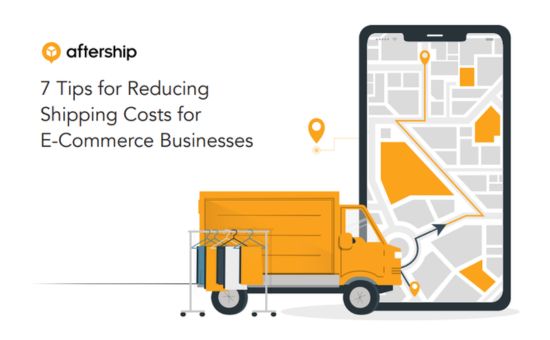How Retailers Can Increase Personalization | Retail Dive
E-Commerce & Retail
It is important to increase retail personalization. The main key to attract and maintain customers is to create personalized experiences. Actually, retailers believe that developing this connection between customers and stores is a win-win.
Successful retailers will be the ones who combine technology along with a back-to-basics marketing approach that focuses on the customer both in-store and online and builds connection and trust.
Check the full guide below and know more about how to increase retail personalization.
Challenges Creating The Customer Profile
There are many ways to research and compare before buying a product or a service. People might visit the retailer or brand website from their laptop, tablet, store apps, mobile device.
Based on a Harvard Business Review study of 46,000 people found that 73% are omnichannel customers.
“The identity stitching process is becoming more challenging,” said Kirsten Haitz, a Marketing Strategy and Data Science Executive for Fortune 500 retailers.

Retail Personalization: Bridging the Gap Between Personalization and Privacy
Retailers need to have a complete view of their customers while also still respecting new data regulations. How can this happen?
According to Haitz “It’s a paradox of personalization and privacy,” she adds It’s not just governments that are concerned with keeping data private, people are more concerned about safeguarding their personal information, too. They’re weighing sharing their information with the fear of identity theft, or with their distaste for their information being sold to a third-party. People, in general, will only share their data if the perks are worth it.”
An example of this tradeoff is Starbucks, with one of the powerful loyalty programs in the country, Starbucks entices customers into providing personal information through their app. How does that work?

By downloading the app, customers gain the convenience of paying and ordering online, they are able to access and time to sift throughout the full menu, and this is not available in stores.
Long story short, that example shows that people feel it is fine to share their personal information if that means adding special perks, saving, and convenience.
Data Privacy Regulations Limit Gathering Customer Information
Based on the retail personalization guide, one of the important and major tactics for personalization in digital channels when it comes to online shopping is cookies-bits of data stored on the shopper’s device.
Cookies work to track consumer behavior, customize offers, and gather useful feedback and information.
If cookies are banned, major changes can happen in data privacy regulations which change the way retailers can acquire customer data.
Examples of how cookies are used to collect customer data:
- The General Data Protection Regulations (GDPR) in Europe.
- The California Consumer Privacy Act (CCPA).
- Web browsers like Google.
“We’re in a world where forecasting the future is really challenging… and more local and national regulations are likely coming down the pike.”
Marc Vermut, Vice President of Marketing
Solutions at Neustar
The Table of Content of “How Retailers Can Increase Personalization Guide”:
- Get people to self-identify by creating better experiences
- Personalization Promotes Revenue Growth
- Challenges Creating: The Complete Customer Profile
- Data privacy regulations limit gathering customer information
- Bridging the gap between personalization and privacy
Number of Pages:
- 17 pages
Pricing:
- Free






